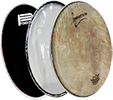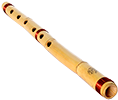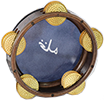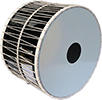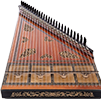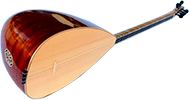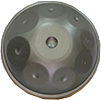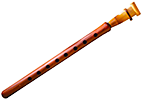About the Turkish Oud
Seek for a Turkish Oud? Order one Here
What in the world is a Turkish Oud?
The Turkish oud is a stringed instrument shaped like a pear without any frets. The Turkish oud is used in traditional Turkish and Mediterranean music. The Turkish oud is an exotic instrument, whose roots stretch as far back as the Egyptian pyramids. The Turkish oud's unique sound can sweep away any listener – eastern or western. The Turkish oud's strings are plucked by the fingers of the left hand employing a plucking technique very similar to playing classical guitar. The body of the Turkish oud is rested on the right thigh in an upright position, and clasped at its top by the musician’s right arm. Playing the Turkish oud requires very accurate intonation on its short fret board. The plectrum used to play the Turkish oud is called a mizrab and is held in the right hand; it is quite long and rests over the palm of the hand.
The Turkish oud today
The Turkish oud we can see today was derived from the kopuz, an instrument made by the Turks in the near central east of Iraq and Iran. Its development into its modern form has been attributed to a stringed instrument maker/repairer who lived in Istanbul in the late nineteenth century. Compared with other ouds the Turkish oud is quite different in its design, shape and playing style, it is a little smaller in its size, shorter in the neck, is higher pitched and has a brighter timbre than other ouds. Turks made modifications differently to the original Arabic style and eventually even some additional strings were added. Armenians and Greeks have also adopted use of the Turkish oud and Turkish tunings.
How to care for the Turkish oud
To get the very best sound out of any Turkish oud it needs to be played often. Each time the Turkish oud is played the strings and the instrument are needed to be wiped down gently with a soft cloth. The Turkish oud's strings need to be changed approximately every 6 to 12 months. Also apply some peg compound around each peg hole to make the tuning pegs stable and smooth. Never apply any oil or finishes on the face of a Turkish oud unless you are certain you know what you are doing, as it could affect the sound and stain it permanently. Do not expose the Turkish oud to heat, humidity, direct sun or cold extremes, and always have a hard case to protect your Turkish oud.










